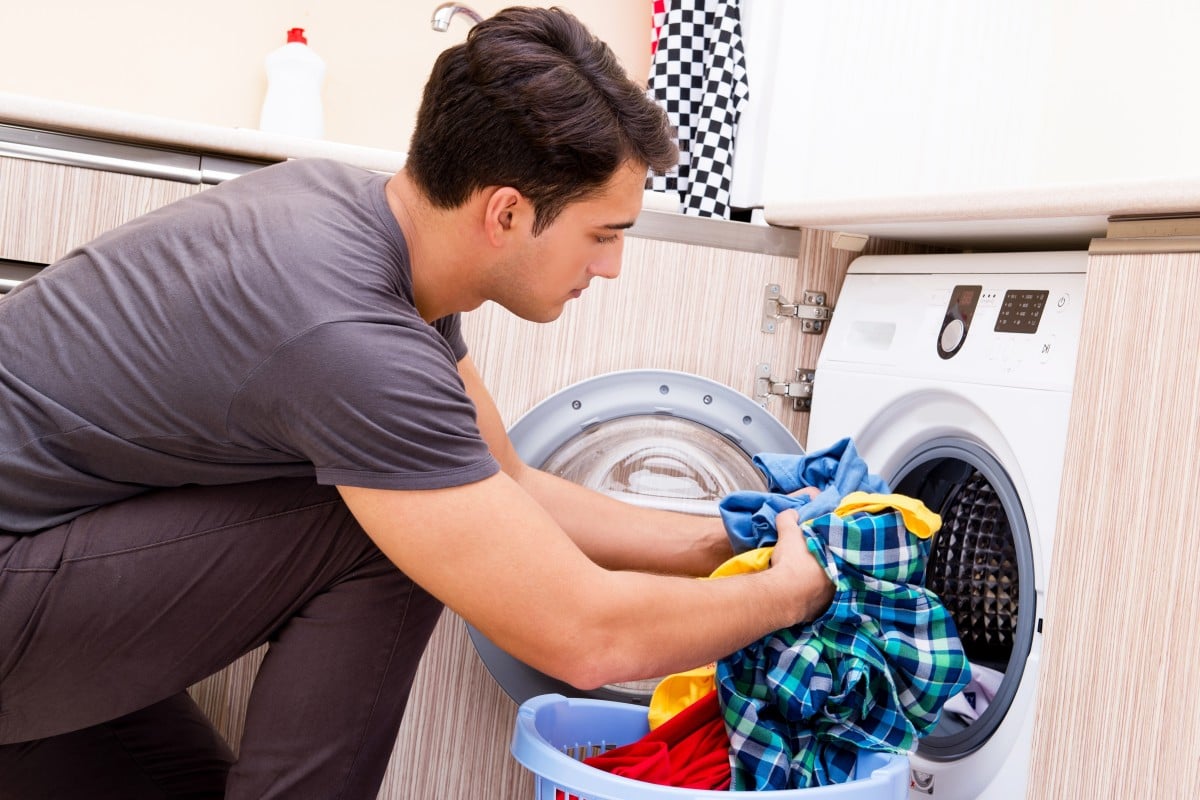Related content
The coronavirus can survive for hours on various surfaces including your clothing, so your laundry is an important part of your hygiene
Experts offer tips on how often to wash, how hot the water should be and how to handle dirty clothes

Personal hygiene may have improved since the emergence of the coronavirus, but can the same be said for our laundry habits? Recent research indicates that the Covid-19 virus can survive on various surfaces, including garments, for long periods ranging from hours to days. This has led to much confusion when it comes to cleaning clothing.
“Practising good hygiene and cleaning clothes after each use is critical to stop transmission of viruses from garments to people.
To our understanding unlike solid surfaces that can be wiped, a garment has many layers of fibres and therefore just cleaning the “surface” is certainly not enough.
The garment needs to be in an immersive cleaning process such as wet wash with detergent or dry-cleaning process,” says Ryan Merszei, general manager of a laundry cleaning service in Hong Kong.
As a rule, if you’ve worn a piece of clothing outside the house or in crowded areas, it’s best to wash it sooner rather than later. The same applies for clothing that may have come into contact with hard surfaces, where the virus has been proven to survive for a longer time.
The US Centres for Disease Control and Prevention (CDC) advises “using the warmest appropriate water setting” – the NHS in the UK suggests between 40 and 60 degrees Celsius (104 and 140 degrees Fahrenheit) – along with a good quality detergent.
While some sources have suggested that bleach is better for hard surfaces, it can damage clothes. However, it is recommended if you want to disinfect the specific item of clothing.
In cases where one cannot wash items immediately, store them in a clean bag or hamper until they can be washed. Be sure to clean and disinfect the hamper after it has been emptied.
A hamper liner that can be disposed or laundered will also come in handy. The CDC also advises against shaking dirty laundry “as this will minimise the possibility of dispersing the virus through the air.”
For those who don’t have access to a washing machine, there are other methods such as handwashing, although in this case the water should be as hot as possible. Steamers can also be used to clean clothing and help reduce germs – temperatures above 75 degrees Celsius (167 Fahrenheit) kill most flu viruses, according to the CDC.
As with most things, logic and common sense are important. For example, there is no need to wash all layers of clothing unless they have been exposed or worn outside the home. After you’ve handled dirty clothing, be sure to wash your hands (or wear disposable gloves).
And if you can’t wash your clothes, don’t panic.
“So far evidence suggests that it’s harder to catch the virus from a soft surface (such as fabric) than it is from frequently touched hard surfaces like lift buttons or door handles,” Lisa Maragakis, senior director of infection prevention said on the hospital website.
Via: https://www.scmp.com/
Note: Content may be edited for style and length.

 732225485/2850218834
732225485/2850218834
















 沪公网安备 31011502020152号
沪公网安备 31011502020152号